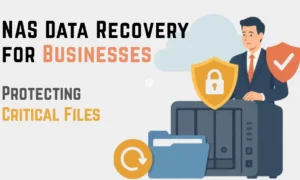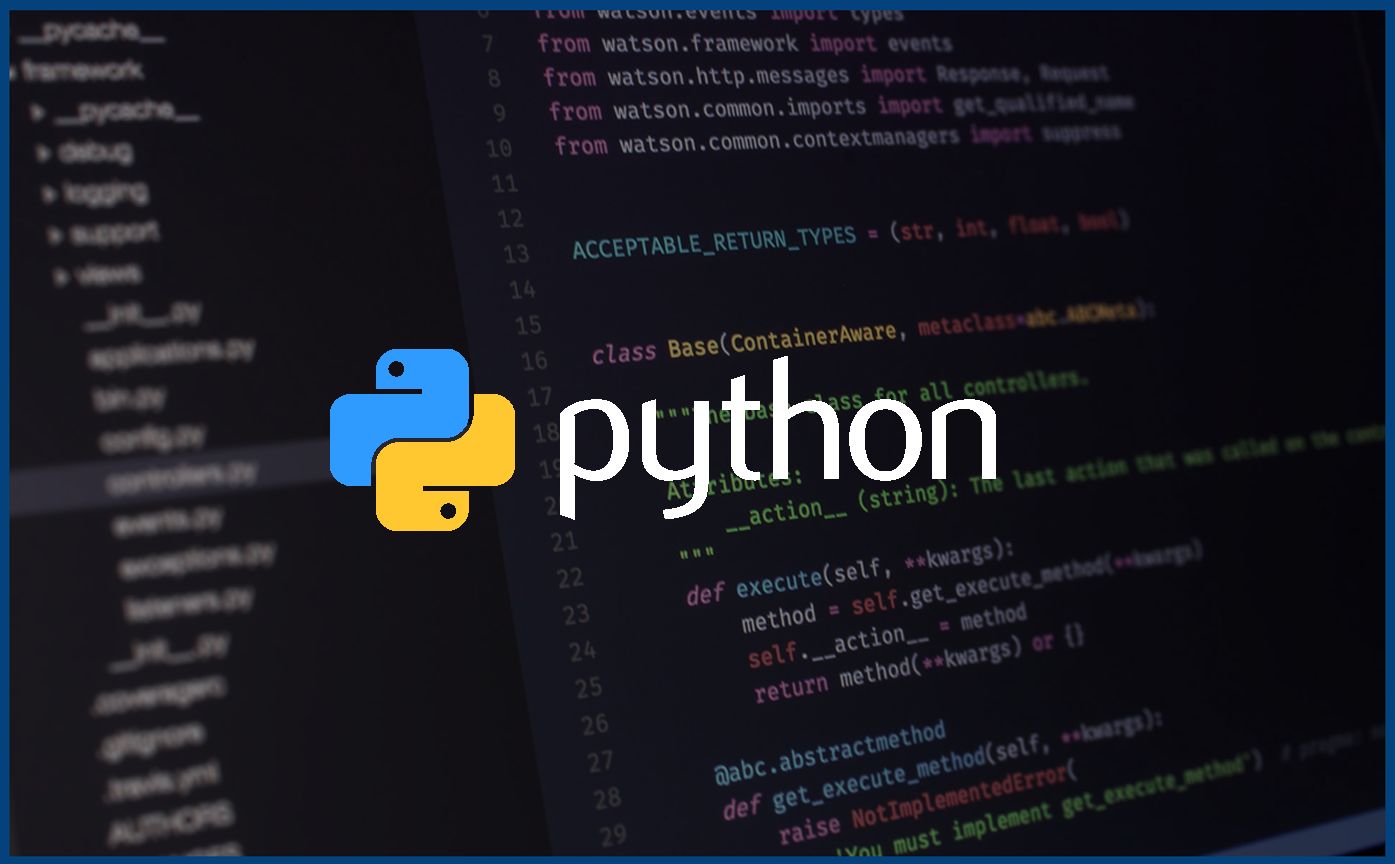Because of the ever-increasing demand for high-quality video streaming, content delivery networks (also known as CDNs) have developed into an essential tool for ensuring the prompt and dependable distribution of material to audiences all over the world. Increasing the performance, scalability, and reach of your streaming services can be accomplished through the implementation of CDN integration with a streaming server. Explore the steps and strategies for seamlessly integrating a CDN with your server for streaming, ensuring your viewers enjoy a seamless and buffer-free streaming experience.
I. Understanding the Role of a CDN
Before we delve into the integration process, it’s crucial to understand the fundamental role of a CDN:
The abbreviation “CDN” stands for “Content Delivery Network,” and it refers to a distributed network of servers that are strategically positioned across a variety of geographic areas. The basic objective of a content delivery network (CDN) is to provide end users with content, such as media files and web pages, that is characterized by low latency, reduced packet loss, and improved reliability.
Benefits of a CDN:
- Faster Content Delivery: CDNs reduce the physical distance between the server and the end-user, resulting in quicker content delivery.
- Load Balancing: CDNs distribute traffic across multiple servers, preventing overload and ensuring optimal server performance.
- Scalability: CDNs can easily scale to accommodate increasing traffic and audience demands.
- Improved Redundancy: CDNs offer improved redundancy and data backup, reducing the risk of data loss.
II. Choosing the Right CDN Provider
During the phase of the integration process known as “integration,” one of the most important decisions to make is which CDN provider to use. When selecting a CDN provider for your streaming server, you should take into consideration the following factors:
- Geographic Coverage: Ensure the CDN provider has a broad network presence, with servers strategically located in regions where your audience is located.
- Performance: Evaluate the CDN’s performance, including response times, latency, and packet loss rates.
- Pricing: Understand the pricing structure, including any associated data transfer costs and additional fees.
- Security: Verify the CDN provider’s security measures to protect your content from unauthorized access or attacks.
- Integration Options: Choose a CDN that offers integration options compatible with your streaming server software and platform.
III. Preparing Your Streaming Server
Before implementing CDN integration, prepare your streaming server by following these essential steps:
- Content Configuration: Organize your streaming content, ensuring that media files are properly encoded and ready for distribution.
- CDN Configuration: Obtain the necessary CDN credentials, including your CDN provider’s API key or integration details.
- Server Compatibility: Verify that your streaming server software and platform are compatible with CDN integration.
- Domain Setup: Set up subdomains or domains for your CDN, allowing content to be served through the CDN’s network.
IV. Configuring CDN Integration
Depending on the streaming server software that you use and the CDN provider that you go with, the particular steps that are required to configure CDN integration could be different. Nevertheless, to help you through the configuring process, below is a general procedure:
- CDN Account Setup: Create an account with your chosen CDN provider if you haven’t already.
- Obtain CDN API Key: Retrieve your CDN provider’s API key or access credentials, which will be used for authentication.
- DNS Configuration: Access your domain registrar’s control panel and configure DNS settings to point to the CDN provider’s servers. This typically involves adding CNAME records for your CDN subdomains.
- CDN Integration: Configure your streaming server to work with the CDN by providing the necessary API key and CDN-specific settings.
- Content Upload: Begin uploading your streaming content to the CDN. Depending on your CDN provider, you can use their web-based control panel, a dedicated client, or API calls.
- Testing: Conduct thorough testing to ensure that your streaming server properly fetches content from the CDN. Monitor latency, load times, and content delivery.
V. Monitoring and Optimization
Once CDN integration is complete, continuous monitoring and optimization are essential to maintain a high-quality streaming experience:
- Monitoring Tools: Use monitoring tools provided by your CDN to track traffic, server performance, and the overall content delivery experience.
- Analytics: Utilize analytics to gain insights into viewer behavior, popular content, and areas where improvements are needed.
- Content Caching: Enable content caching on the CDN to reduce server load and improve content delivery times.
- Edge Locations: Keep an eye on the performance of your CDN’s edge locations and adjust the distribution as needed.
VI. Scaling and Redundancy
As your streaming server’s audience grows, it’s essential to consider scalability and redundancy:
- Scaling: Work with your CDN provider to scale up your CDN resources to accommodate increasing traffic.
- Load Balancing: Implement load balancing across multiple streaming servers for further scalability and redundancy.
- Backup and Disaster Recovery: Develop a disaster recovery plan in case of CDN or server failures, ensuring content availability and data security.
Conclusion
A content delivery network (CDN) should be integrated with your streaming server as a strategic move to improve your content delivery, lower your latency, and ensure that your viewers have a buffer-free streaming experience. You will be able to make full use of the benefits that content delivery networks (CDNs) have to offer if you choose the appropriate CDN provider, get your server ready, and follow the configuration instructions.
for those looking to take their streaming services to the next level, consider using offshore dedicated servers for streaming. Offshore dedicated servers offer advantages such as enhanced privacy, data protection, and the ability to reach a global audience while complying with regional regulations. This option provides added flexibility and security to your streaming operations, making it a valuable choice for content providers in the ever-expanding world of online streaming.
































































